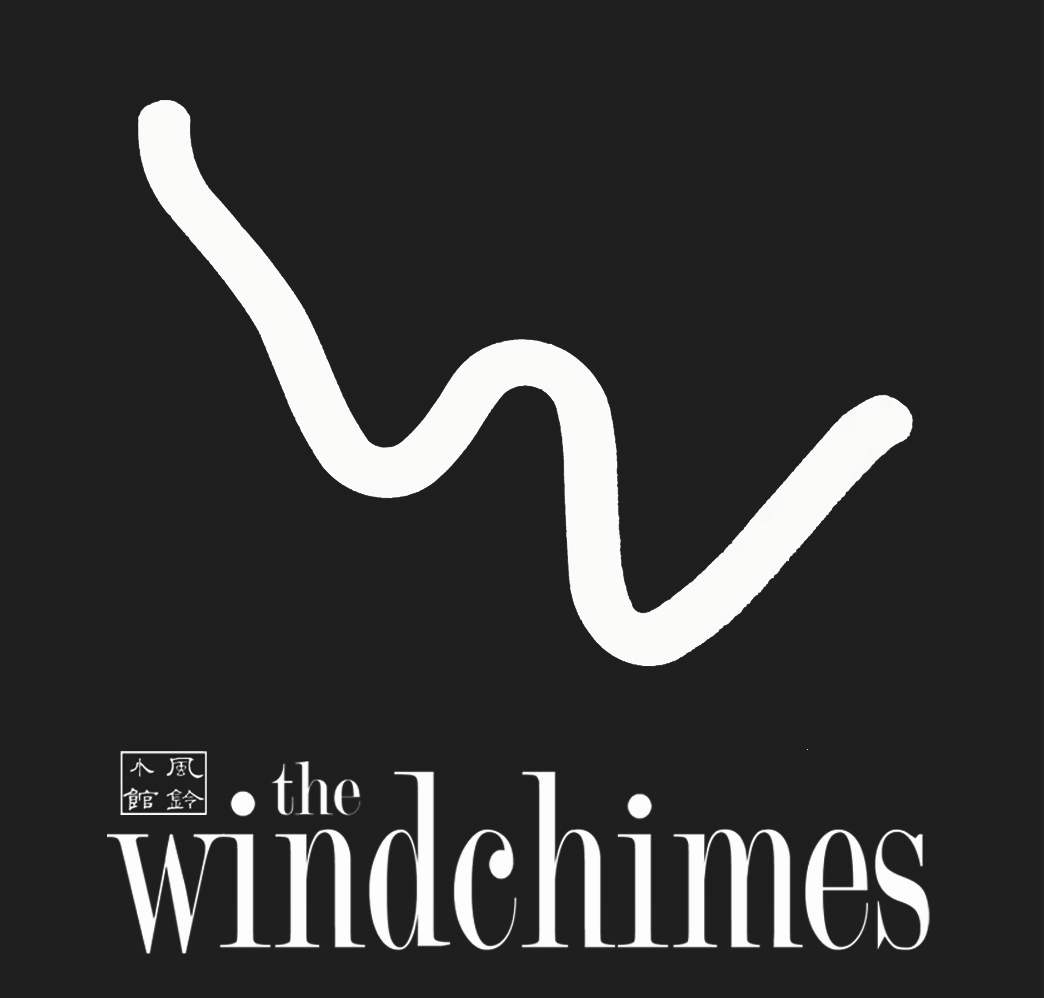Chinese cuisine is very important in their culture. It not only showcases the flavors of China but also the different regions that they originated from. Two particular styles of cooking that sometimes get confused with one another is Szechuan and Hunan. They seem similar but they have particular differences that you might not pick up on right away.
Here's the breakdown:
Szechuan cuisin (sometimes also known as Sichuan) is a style of Chinese cooking originating in the Sichuan Province of southwestern China. This region is famous for their pungently, spicey flavors. There is usually a generous amounts of garlic and chili peppers in this dish along with citrus like spices that could produce a "tingly-numbing" senations in the mouth. This dish also pairs well with peanuts, sesame paste and ginger that can give it a more dynamic taste. Szechuan's flavor is known more for it's sweet and spicey taste rather it being just hot.
Hunan cuisin (also known as Xiang) originated in the Xiang River region and the Western Hunan Province. This style also has a "hot tongue numbing" seasoning known as 'mala'. It, too, has a lot of garlic and chili pepper with the addition of shallots. Though, it may seem like it is similar to Szechuan, Hunan is more for dry and purely hot with an oiler taste. Even though it's a more plain flavor there still is a range of fresh ingredients used that changes seasonally to combate with the weather around the region.
Who knew that cooking could be so regional!?! Come back and learn more as we unpack the Windchimes menu and find out more history where these food favorites comes from.
Do you have a favorite? Did you even know the difference between the two? Come into WIndchimes today and try both out and see which one you like better!


